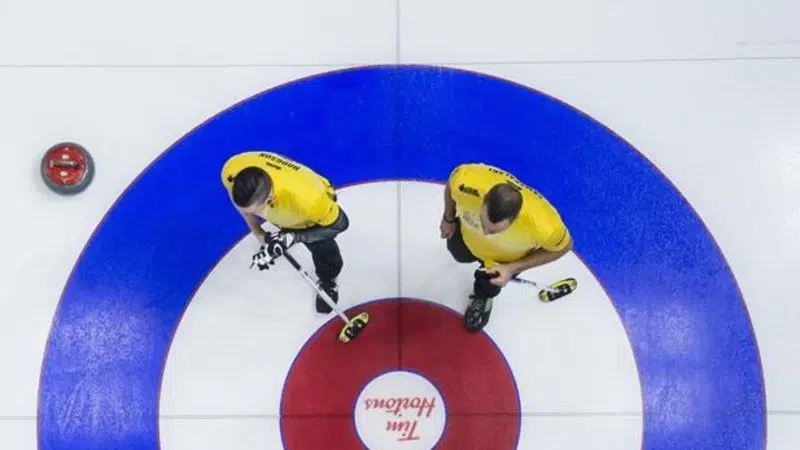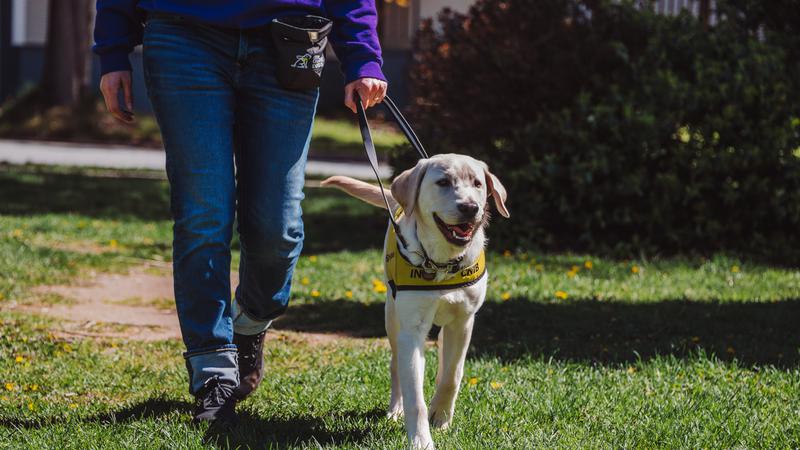
Ontario second Wes Forget honours curling heroes with vintage delivery
BRANDON, Man. — Wes Forget’s old-school backswing is part homage to his curling idols, but part practical too.
Swinging the 18-kg stone behind the body like a pendulum before sliding out of the hack may be circa 1980, but it hasn’t completely gone out of fashion.
A few men still do a variation of the wind-up, but Ontario’s second adds style to it.


